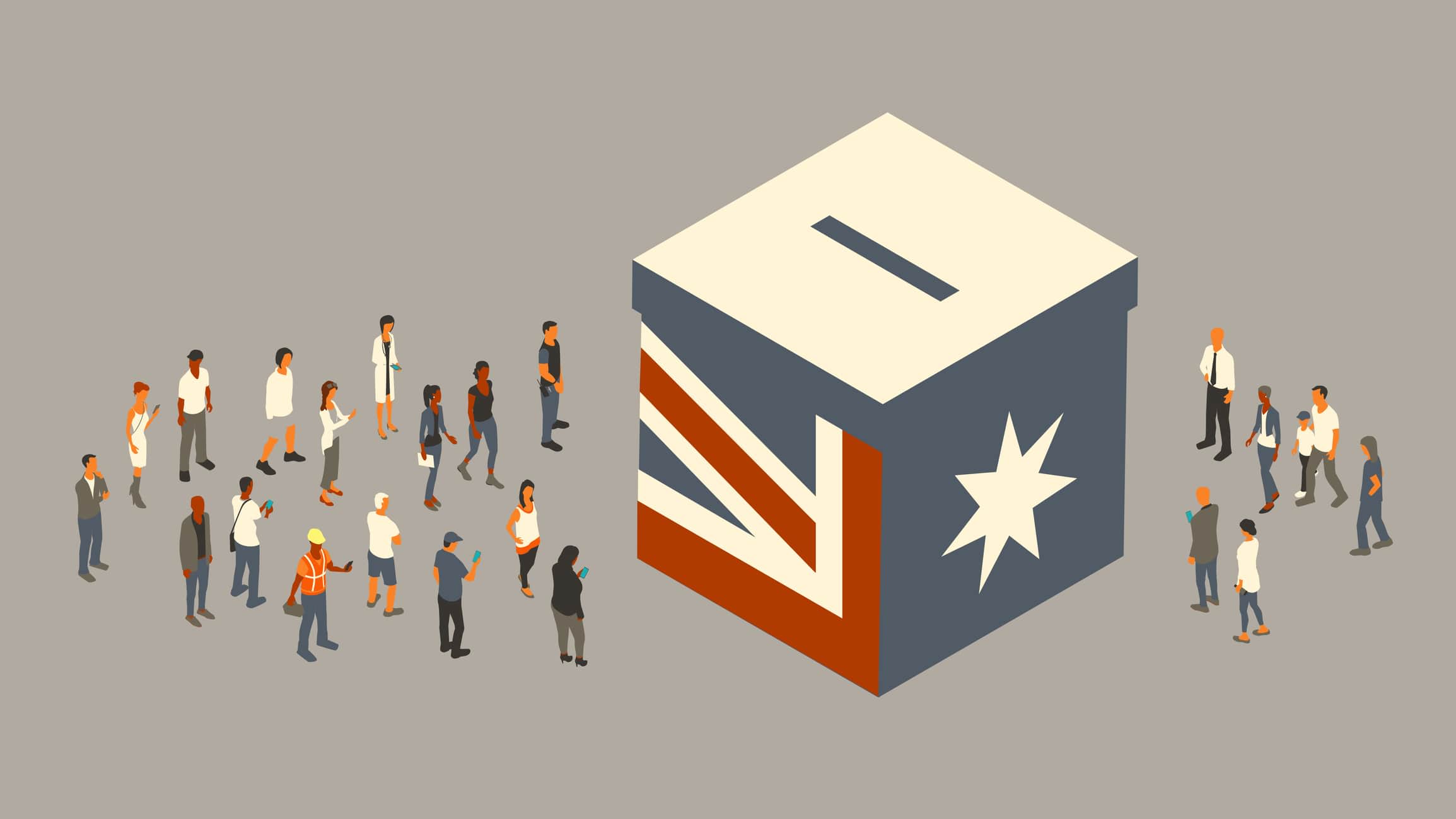Campaigning for the “Yes” and “No” sides is underway in the Voice to Parliament referendum to be held later this year. The law sets out some key rules for campaigning. Most are found in legislation called the Referendum (Machinery Provisions) Act 1984.
Here are the main rules.
Government advertising
One key rule is that public money must not be used to campaign for either the Yes or No side. Specifically, the law says that public money must not be used to present “the argument in favour” or “the argument against” the proposed amendment.
This rule doesn’t prevent the Australian Electoral Commission (AEC) releasing out ads about the referendum process, such as reminding people to update their enrolment, or that voting is compulsory.
Parliament passed a law suspending the no-public-funding rule for the 1999 republic referendum, when the Yes and No campaigns were given equal public funding for their campaigns.
However, the law does allow public money to be spent on “neutral public civics education and awareness activities”. This is why you may have come across government ads on television and radio talking generally about the fact that we’re about to have a referendum.
There have been court cases challenging government referendum ads for breaking the neutrality rule. There was an unsuccessful referendum in 1988 proposing constitutional changes about parliamentary terms, fair elections, local government, and rights and freedoms.
A Liberal frontbencher took the then Labor government to court over an ad that stated “You have the opportunity on September 3 to review our Constitution”. The High Court judge who heard the case held that that language had “argumentative value” because it was promoting change and therefore breached the neutrality rule.

Authorisation of campaign materials
Another key rule is that most campaign materials need to include an authorisation message. This is the “Authorised by …” line that most people will be familiar with from federal and state election campaigns.
The purposes of requiring authorisation messages on campaign materials are about transparency and accountability.
The basic rule is that most “referendum matter” (including TV ads, websites, social media posts, flyers and billboards) that has the “dominant purpose of influencing the way electors vote at a referendum” needs to be authorised.
The idea of “influencing” is much broader than expressly arguing for or against the proposal. The definition excludes things such as private communications and news reporting.
Read more: Why is it legal to tell lies during the Voice referendum campaign?
If the referendum matter is paid for, printed, or communicated on behalf of a “disclosure entity” (which includes political parties, politicians, and any person or entity that spends more than $15,200 on referendum matter), then it needs to be authorised.
The AEC has said publicly that it anticipates there will be people and groups putting out campaign materials who may not realise their materials need an authorisation message, because they have no experience of campaigning rules from federal elections.
The Australian Electoral Commission has a handy flow chart on its website to help people work out whether they need to include an authorisation notice on their materials, and what details are needed in the authorisation.
Financial disclosure
There are some weak financial disclosure rules applying to campaigners and donors, modelled on the weak financial disclosure rules that apply to federal elections.
People and entities that spend more than the threshold of $15,200 putting out referendum matter will to need disclose (i) the total value of donations received, (ii) the total number of donors, (iii) details relating to donations above the threshold, and (iv) the details of referendum expenditure incurred in the six months before referendum voting day.
People who make donations above the threshold to help fund referendum campaigning will also need to lodge their own disclosure with the Australian Electoral Commission.
Just like with federal elections, there will be a lot of “dark money” funding the campaigns – the public simply has no way of knowing who is paying for much of the campaigning. Details about donations below the threshold of $15,200 don’t need to be disclosed.
And there’s no real-time reporting. Disclosure is due 15 weeks after the referendum voting day ,and will be published 24 weeks after referendum voting day.

Telling lies is allowed
As I explained recently, there’s no rule that campaigners need to be truthful.
It’s perfectly legal to spread misinformation and disinformation and tell outright lies about the proposed constitutional amendment, just as it’s legal to tell lies during federal election campaigns.
In January, Parliament’s Joint Standing Committee on Electoral Matters rejected calls to introduce federal truth in political advertising laws for the referendum campaign, although the same committee recommended in June that Australia adopt federal truth in political advertising laws that would apply to all future federal elections and referendums.
There’s one tiny exception to the current ability to mislead voters. It’s unlawful to mislead voters about how to fill in the referendum ballot form. For example, you would be breaking the law if your ad said people had to tick a box on the ballot form (when in fact you need to write “Yes” or “No”).
The Australian Electoral Commission has an online referendum process disinformation register. This is focused on disinformation about the referendum process rather than fact-checking claims made about the Voice to Parliament.
A number of media outlets, including RMIT ABC Fact Check, AAP Fact Check, RMIT Fact Lab and AFP Fact Check are publishing articles fact-checking claims made about the Voice.





